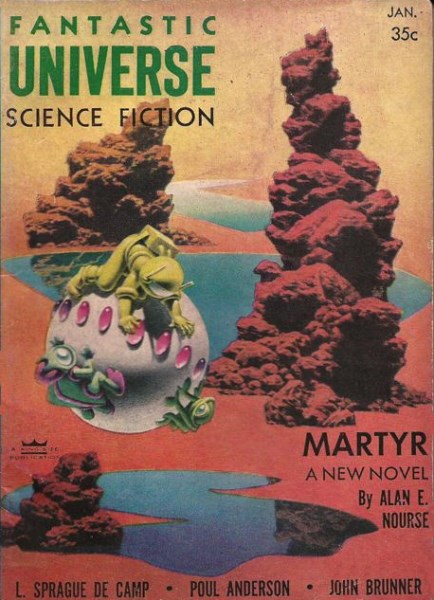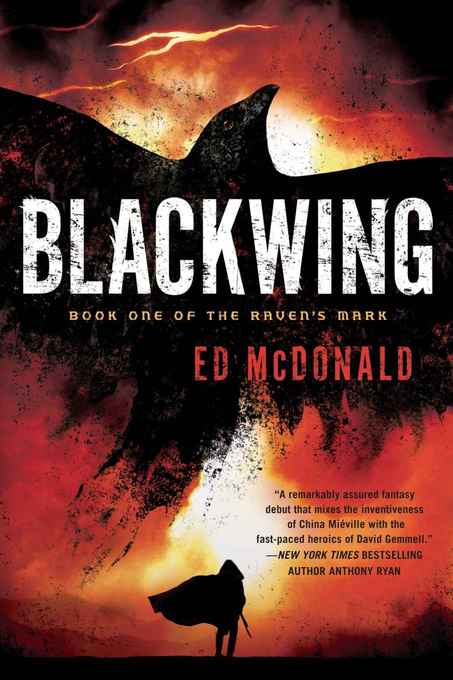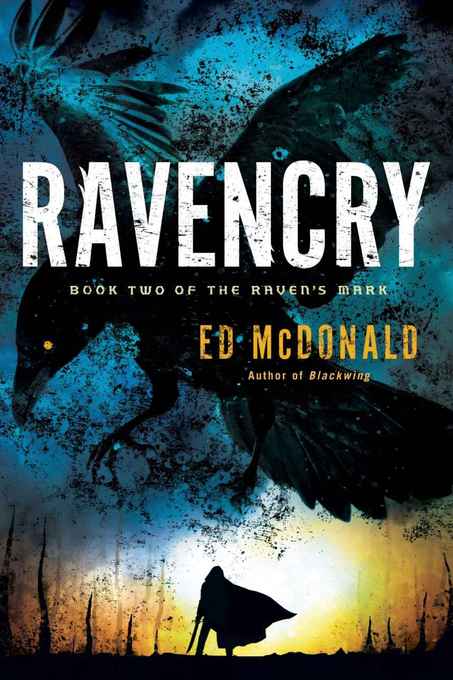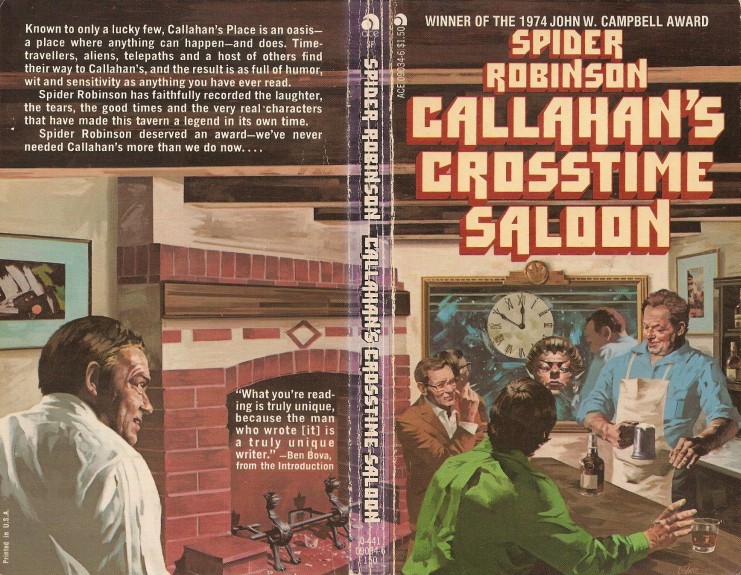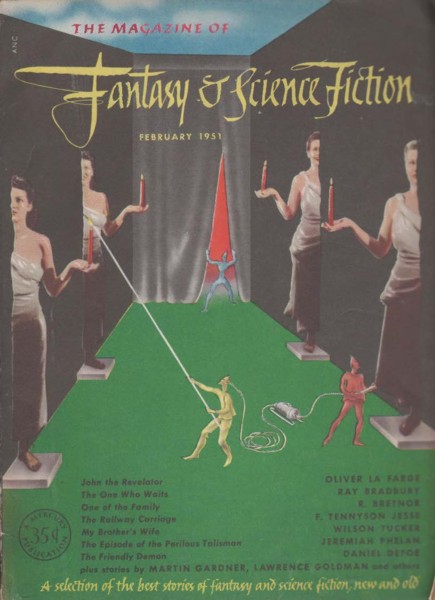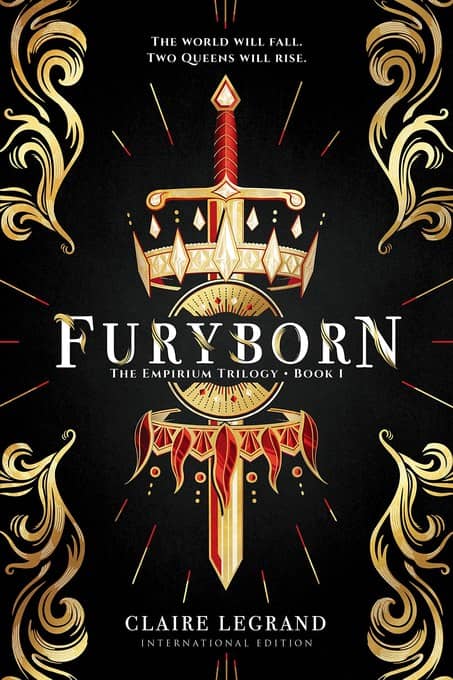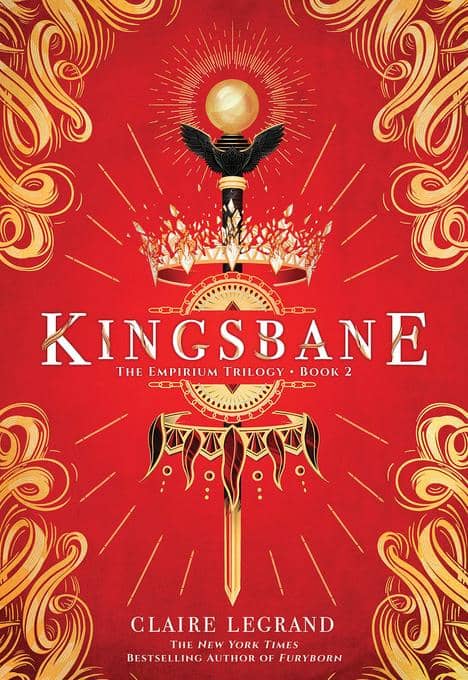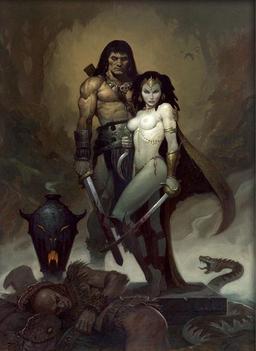New Treasures: The Nissera Chronicles by Hannah West
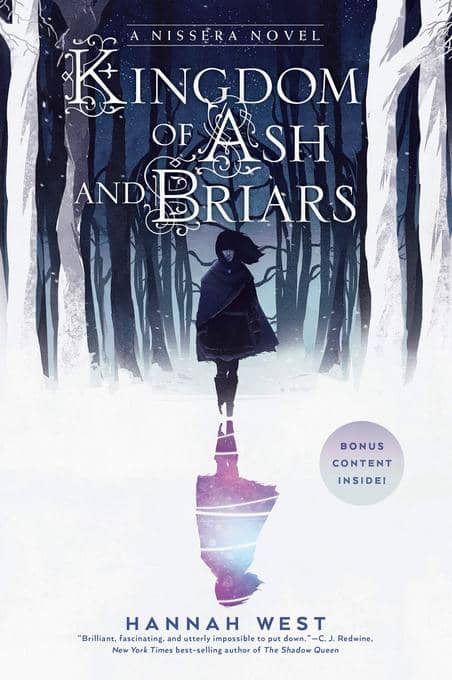 |
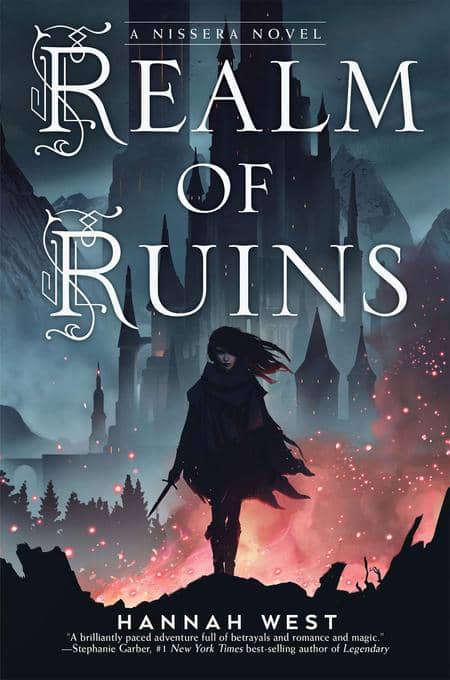 |
I’m still not done unpacking my free book bag from the World Fantasy Convention, but the wheels of publishing stop for no man. Review copies continue to pile up at the Black Gate headquarters, and they demand attention. At least, that’s what Realm of Ruins did when I pulled it out of an envelope on Tuesday, anyway.
First, Daniel Burgess’ cover is great. He also did the cover for the first volume, Hannah’s debut novel Kingdom of Ash and Briars, released by Holiday House in 2016. I was completely unaware of that book until Tuesday but, second, there’s ample praise for it on the back of Realm of Ruins, including a snippet from this starred review from Kirkus:
Bristal, a teenage kitchen maid, never expected to survive being forced into the Water, a pool designed to prove that a mortal may be an elicromancer, an ancient breed of ageless and immortal beings that once populated the realm of Nissera. But she does.
With elicrin stone in hand, Bristal is thrust from the Water, proving her birthright as an elicromancer. With Bristal’s true identity revealed, the last two remaining elicromancers, Brack and Tamarice, materialize to rescue Bristal from kidnappers. They begin to train her to use her gift as a Clandestine: the ability to transform into any human or animal form… Greatly influenced by the likes of “Cinderella,” “Sleeping Beauty,” “Hua Mulan,” and arguably Harry Potter, debut author West mixes fairy-tale charm with contemporary mysticism to create a world both terrifying and wonderful… Sweet romance and strong supporting characters complete this impressive debut.
Third, all the Black Friday madness put me in a buying mood. so I ordered a copy of the first book yesterday. Will it turn out to be as lightly sweet and charming as promised, or was I just another victim of unchecked consumerism? Stay tuned to find out.
Realms of Ruins goes on sale December 4th. Here’s the description for the first book.
